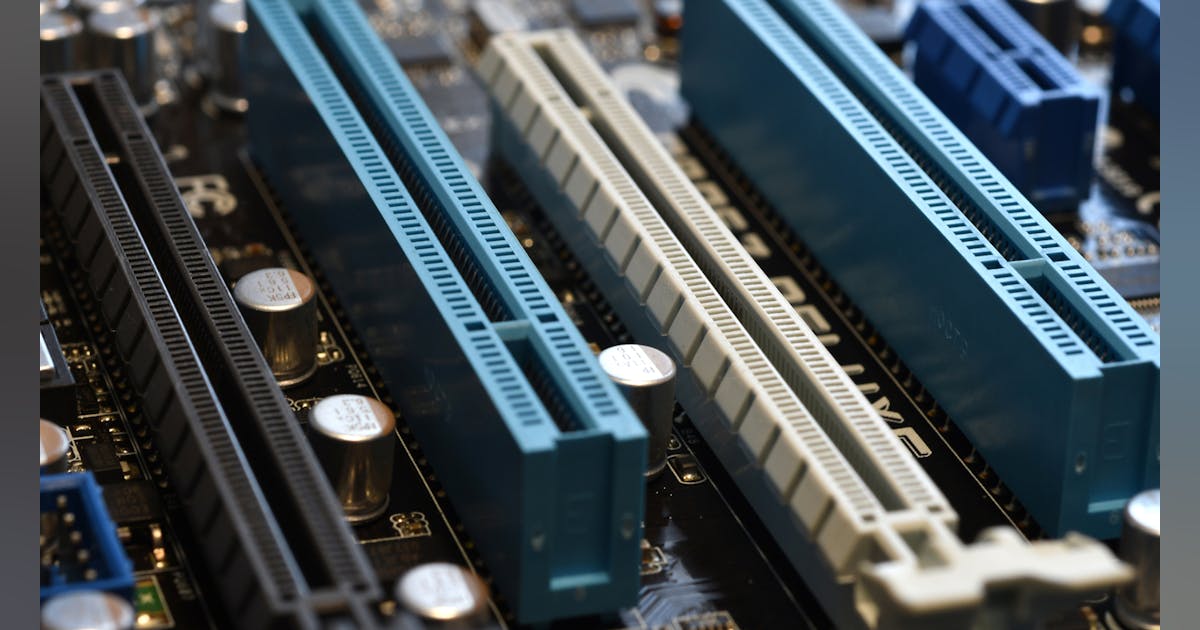engr_joni_ee
Advanced Member level 3
I found this article which deals with the insertion loss budget for PCIe. I am looking for the table in which the total channel insertion loss budget for PICe Gen 3 (8 GT/s) is 22 dB which is distributed as Root Package (3.5 dB), CEM Connector (1.7 dB), Add-in Card (6.5 dB), Remaining Budget for System Base Board (10.3 dB).

 www.electronicdesign.com
www.electronicdesign.com
Remaining Budget for System Base Board (10.3 dB): Is that the budget for PCB design ? Does it means that the PCB traces should not have more then 10.3 dB insertion loss ?

How to Manage the PCIe 5.0 Channel Insertion Loss Budget
The upgrade from PCIe 4.0 to 5.0 doubles the bandwidth from 16 to 32 GT/s, but it also suffers greater attenuation per unit distance. This article addresses how to overcome the...
Remaining Budget for System Base Board (10.3 dB): Is that the budget for PCB design ? Does it means that the PCB traces should not have more then 10.3 dB insertion loss ?

